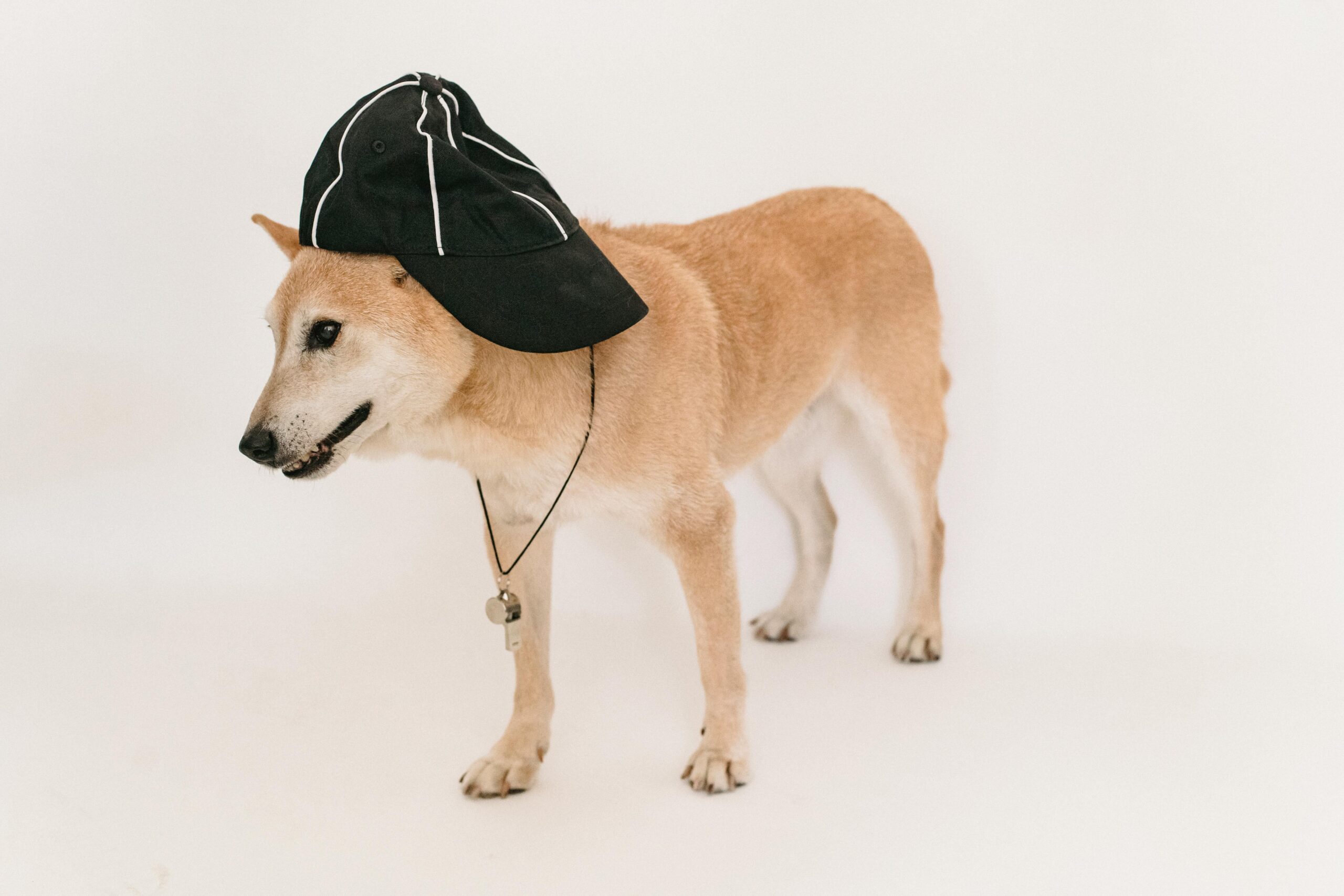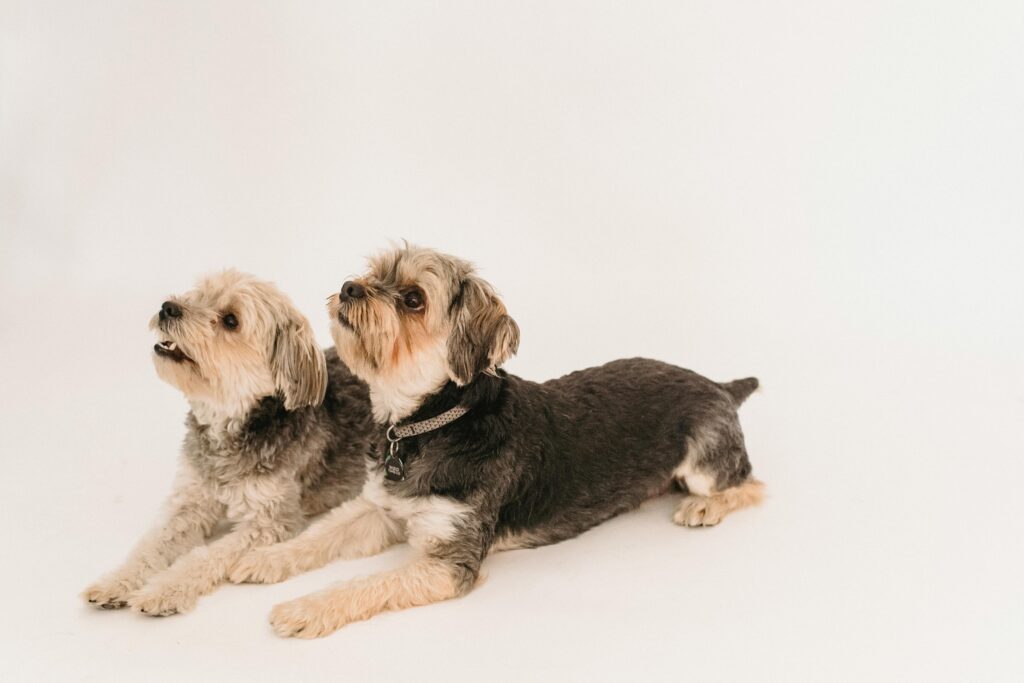
A pet’s coat is a strong indicator of its overall health signs. A shiny, smooth coats signifies good nutrition and proper care, while a dull, patchy, or greasy coat can suggest underlying health issues. Understanding the differences between a healthy and unhealthy coat can help pet owners take the necessary steps to maintain their pet’s well-being.
Characteristics of a Healthy Pet Coat
A well-groomed pet with a healthy diet and proper hygiene will exhibit the following signs:
1. Shiny and Soft Texture
A healthy coat should have a natural shine, which results from balanced nutrition and regular grooming. The texture should be soft to the touch, not greasy or brittle.
2. Even Hair Growth
Consistent hair growth without bald patches or uneven spots is a good sign of skin and coat health. The fur should be full and resilient.
3. Minimal Shedding
While all pets shed to some extent, excessive shedding can indicate stress, nutritional deficiencies, or an underlying illness. A healthy pet sheds moderately but does not leave behind excessive fur.
4. No Signs of Dryness or Flakiness
The absence of dandruff or flaky skin is an indicator of a well-moisturized coat. Proper hydration and essential fatty acids contribute to this.
5. No Unpleasant Odors
A clean coat should not have a foul or musty smell. Persistent odors could signal skin infections or poor hygiene.


Characteristics of an Unhealthy Pet Coat
An unhealthy coat may indicate nutritional deficiencies, underlying health conditions, or improper grooming. The following are some warning signs:
1. Dull and Brittle Fur
A lifeless, coarse, or dry coat suggests poor nutrition or dehydration. It can also be a symptom of hormonal imbalances or underlying illnesses.
2. Excessive Shedding or Bald Patches
If your pet is shedding excessively or developing bald spots, it could be suffering from allergies, stress, parasites, or skin infections.
3. Greasy or Oily Texture
Excessive oiliness can be a sign of seborrhea or other dermatological conditions. This can lead to irritation and an unpleasant smell.
4. Flaky or Scaly Skin
Dandruff or flaky skin may be a result of dry air, nutritional deficiencies, or an underlying skin condition. Persistent dryness should be addressed promptly.
5. Persistent Odors
A strong, persistent odor despite regular bathing could indicate bacterial or fungal infections. A vet visit may be necessary for proper diagnosis and treatment.
6. Scratching and Licking
If a pet frequently scratches or licks its fur, this could be a sign of allergies, parasites, or skin irritation. Excessive licking may cause further damage to the coat.
Comparison Table: Healthy vs. Unhealthy Pet Coat
| Feature | Healthy Coat | Unhealthy Coat |
|---|---|---|
| Texture | Soft and shiny | Dull, brittle, or greasy |
| Shedding | Minimal and consistent | Excessive or patchy |
| Odor | Neutral or mild | Strong, musty, or foul |
| Skin Condition | Smooth, hydrated | Flaky, scaly, or dry |
| Hair Growth | Even and full | Bald patches or thinning |
| Pet Behavior | Normal grooming habits | Excessive scratching or licking |
Tips for Maintaining a Healthy Pet Coat
Maintaining a pet’s coat health requires a combination of proper nutrition, grooming, and regular veterinary care. Here are some essential tips:
1. Provide a Balanced Diet
A pet’s diet should include high-quality proteins, omega-3 and omega-6 fatty acids, and essential vitamins. These nutrients promote healthy skin and a shiny coat.
2. Regular Grooming
Brushing your pet’s coat helps distribute natural oils, remove dead hair, and prevent matting. Different breeds have different grooming needs, so follow breed-specific recommendations.
3. Keep Your Pet Hydrated
Dehydration can lead to dry and brittle fur. Always ensure your pet has access to fresh water throughout the day.
4. Bathe Your Pet as Needed
Overbathing can strip natural oils from the skin, while infrequent bathing can lead to buildup and odors. Use pet-safe shampoos and follow a proper bathing schedule based on your pet’s needs.
5. Watch for Parasites
Fleas, ticks, and mites can cause significant irritation and hair loss. Use preventive treatments and check your pet regularly for signs of infestations.
6. Schedule Regular Vet Checkups
Routine vet visits can help detect skin and coat issues early. A professional can recommend supplements or treatments if needed.
Find the Best Products at PettProducts.com
At PettProducts.com, we offer a range of high-quality pet grooming supplies, shampoos, and dietary supplements designed to keep your pet’s coat in top condition. Explore our collection today and give your furry friend the care they deserve!
Final Thoughts
A pet’s coat reflects its overall health and well-being. A shiny, soft, and well-groomed coat is a sign of proper nutrition, hydration, and care. In contrast, a dull, patchy, or greasy coat may indicate underlying health concerns. By monitoring changes and maintaining a regular grooming and dietary routine, pet owners can ensure their furry companions stay happy and healthy. If any signs of an unhealthy coat persist, consulting a veterinarian is always the best course of action.







